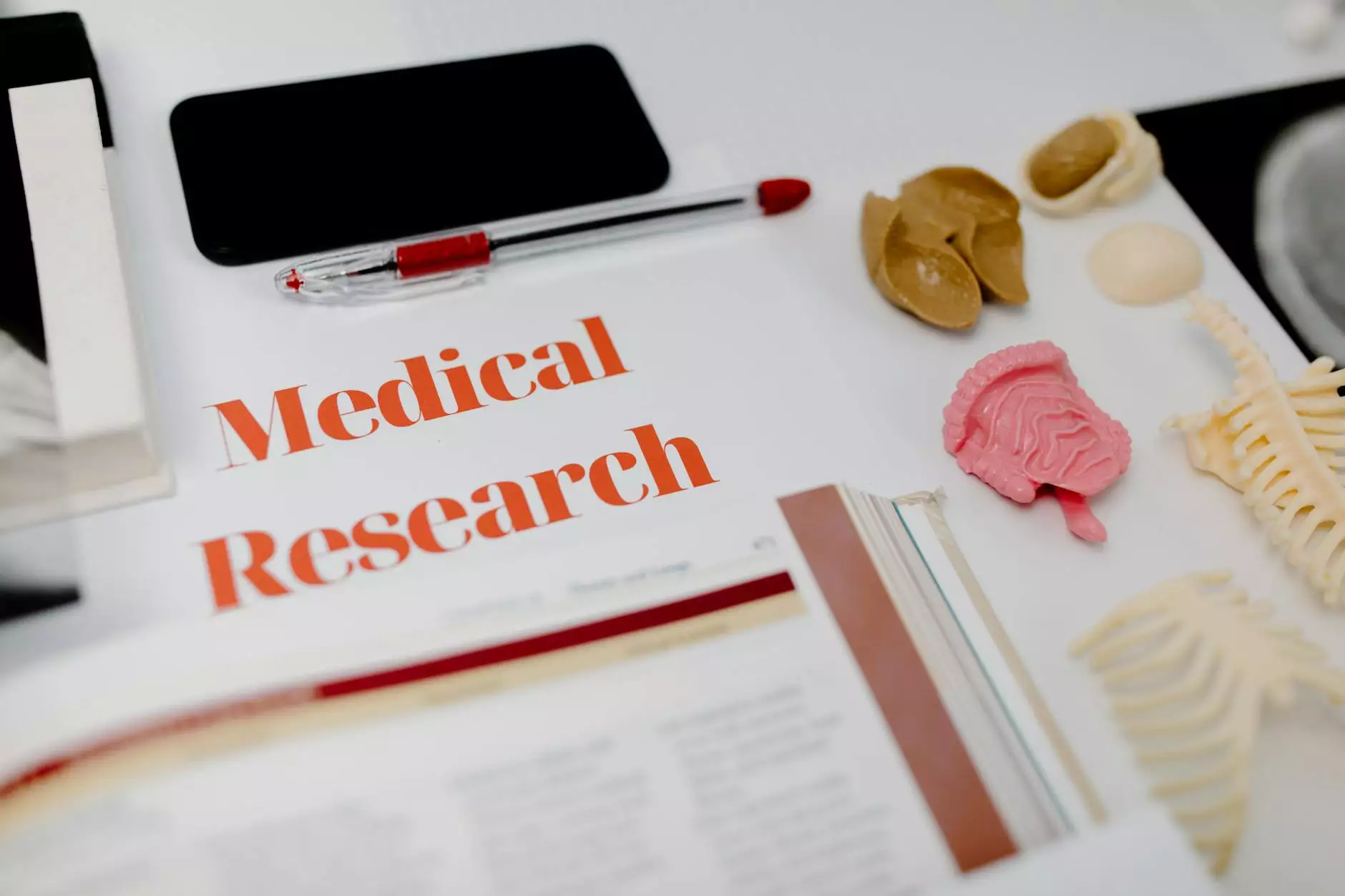Understanding Lung CT Scans: A Comprehensive Guide

Lung CT scans are powerful diagnostic tools that have transformed the landscape of medical imaging. For individuals experiencing respiratory issues, a lung CT scan can provide critical insights into lung health and assist healthcare professionals in formulating effective treatment plans.
What is a Lung CT Scan?
A lung CT (computed tomography) scan utilizes advanced imaging technology to produce detailed cross-sectional images of the lungs. Unlike traditional X-rays, lung CT scans offer a more comprehensive view, allowing doctors to assess lung structure and identify any abnormalities.
Why Are Lung CT Scans Important?
Lung CT scans play a vital role in diagnosing various pulmonary conditions, including:
- Lung cancer: Early detection can significantly improve treatment outcomes.
- Chronic obstructive pulmonary disease (COPD): Helps assess the severity of the disease.
- Pulmonary embolism: Identifies blood clots in the lungs.
- Interstitial lung disease: Evaluates inflammation and scarring of lung tissue.
- Pneumonia: Can reveal the extent of infection and fluid accumulation.
Who Should Consider a Lung CT Scan?
If you are experiencing persistent symptoms such as coughing, shortness of breath, or unexplained weight loss, consulting a healthcare provider is essential. They may recommend a lung CT scan as part of your diagnostic process, particularly if you have risk factors for lung diseases, including:
- Smoking history or exposure to secondhand smoke
- Environmental exposures to pollutants and harmful chemicals
- A family history of lung diseases
- Chronic respiratory conditions that may require further investigation
How to Prepare for a Lung CT Scan
Preparing for a lung CT scan is straightforward. Here’s what you need to know:
- Inform your doctor: Discuss any medications, allergies, or medical conditions.
- Avoid metal objects: Remove jewelry, eyeglasses, and other metallic items before the scan.
- Follow dietary instructions: Depending on the type of scan, you may need to avoid food or drink for a few hours prior.
The Procedure: What to Expect
The actual procedure for a lung CT scan is quick and painless. Here’s a brief overview:
- Entering the facility: Arrive at the imaging center and check in.
- Changing into a gown: You may be asked to wear a hospital gown for the procedure.
- Positioning: You will lie on a table that slides into the CT scanner, which has a donut-shaped opening.
- Scans: The technician will take images while you hold your breath for a few seconds. This may be repeated multiple times to capture detailed images.
- Post-procedure: Once complete, you can resume normal activities, unless instructed otherwise.
Understanding the Results
After your lung CT scan, a radiologist will analyze the images and prepare a report for your physician. Results may indicate:
- Normal findings: Indicating healthy lung structure.
- Abnormalities: Such as nodules, masses, or signs of infection, which may require further evaluation.
- Follow-up imaging: In some cases, additional scans may be necessary to monitor changes over time.
Advantages of Lung CT Scans
Lung CT scans come with numerous advantages:
- High detail: Provides unparalleled detail compared to standard X-rays.
- Non-invasive: A safe and non-invasive method to examine lung health.
- Quick results: Fast image acquisition allows for prompt diagnosis.
- Versatile application: Useful for a wide range of conditions beyond cancer, including infections and inflammatory diseases.
Risks and Considerations
While lung CT scans are generally safe, it's important to consider the following:
- Radiation exposure: CT scans involve exposure to a small amount of ionizing radiation, so minimizing unnecessary scans is crucial.
- Contrast agents: If a contrast dye is used, there may be potential allergic reactions, especially for those with kidney issues.
- Follow-up care: Abnormal findings may necessitate further investigation, adding to patient anxiety.
The Role of Lung CT Scans in Physical Therapy
In the realm of physical therapy, understanding the implications of lung health is crucial. Conditions like COPD or post-surgery recovery can benefit from insights gained through lung CT scans. Physical therapists can tailor rehabilitation programs that align with the patient’s unique lung function and capacity, improving quality of life and physical fitness.
Advancements in Lung CT Technology
The field of medical imaging is constantly evolving, and lung CT technology continues to improve. Cutting-edge advancements include:
- Low-dose CT scans: These scans reduce radiation exposure while maintaining high image quality.
- CT angiography: A specialized scan that assesses blood vessels in the lungs, useful for diagnosing pulmonary embolism.
- Artificial intelligence: AI is increasingly being used to enhance image interpretation and identify potential issues more accurately.
Conclusion: The Significance of Lung CT Scans in Health & Medical Practices
In summary, lung CT scans are invaluable in modern medicine, especially in the areas of health, sports medicine, and physical therapy. By offering detailed images and aiding in the diagnosis of potentially life-threatening conditions, they play a critical role in ensuring better patient outcomes. If you or a loved one is experiencing respiratory concerns, consider discussing the option of a lung CT scan with your healthcare provider.
Further Resources
For more information about lung health and CT scans, visit Hello Physio. Our dedicated team of professionals is here to assist you with personalized healthcare solutions and physical therapy interventions to enhance your well-being.









